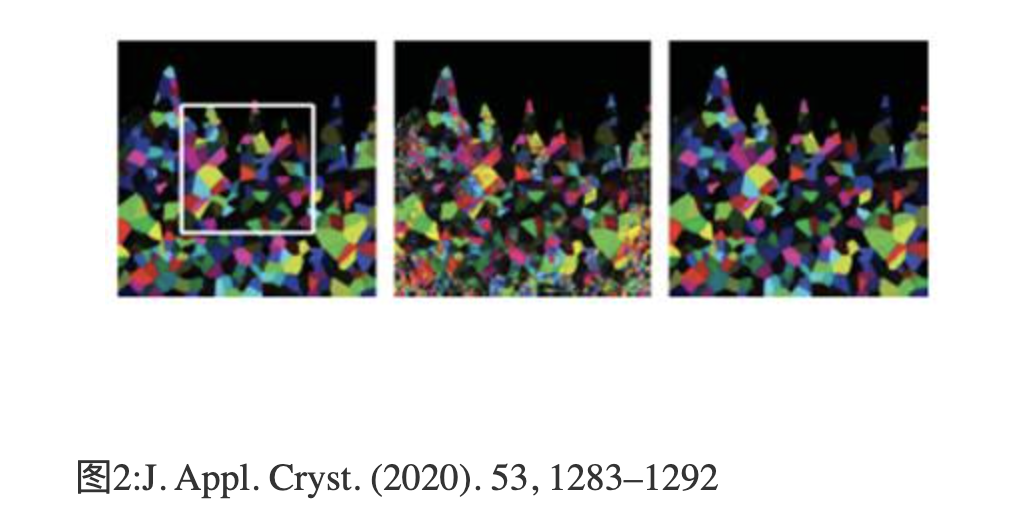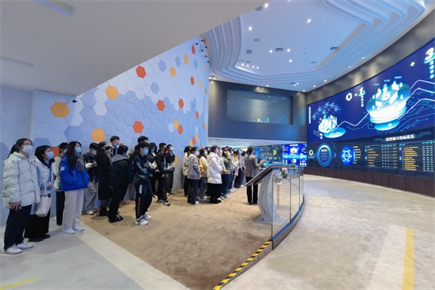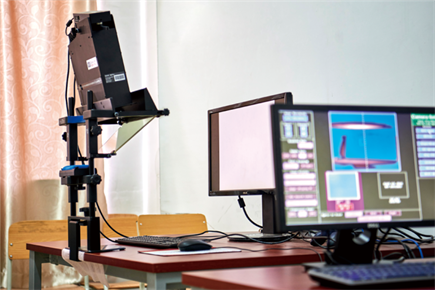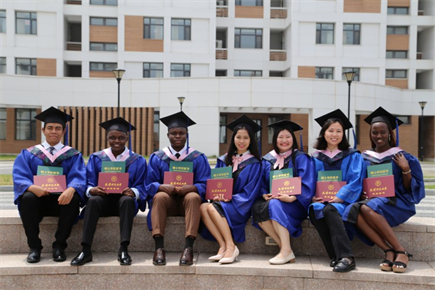The innovation team of the computational mathematics and the Lawrence Berkeley National Laboratory published two papers "Iterative X-ray spectroscopic ptychography" and "Analyzer-free linear dichroic ptychography" in Journal of Applied Crystallography, which is a crystallographic research journal and a publication of the International Union of Crystallography. They develeped new algorithms for high-dimensional ptychography based on the requirements of chemical composition analysis and crystal orbital orientation of high-resolution samples.


The research team first designed a ptychography algorithm based on spectral analysis. Spectroscopic ptychography is a powerful technique. In spectro-ptychography, a sample is rastered through a focused X-ray beam with varying photon energy, recording a series of phaseless diffraction data. Each chemical component in the material under investigation has a characteristic absorption and phase contrast as a function of photon energy. Using a dictionary of the contrast functions of each energy for each chemical component, it is possible to obtain the chemical composition of the material from high-resolution multi-spectral images. Based on this, they proposed a new iterative algorithm. Numerical tests showed that the new algorithm can more accurately restore the chemical mapping function from Poisson noise-polluted measurement and has better robustness when the scanning step is large.
The research team carried out further research based on dichroic ptychography. Linear dichroism is an important tool to characterize the transmission matrix and determine the crystal or orbital orientation in a material. To achieve high-resolution mapping of transmission properties, they introduced the linear-dichroism scattering model in ptychographic imaging and developed an efficient two-stage reconstruction algorithm. Using the proposed algorithm on a uniaxial material, the dichroic transmission matrix can be recovered without an analyzer if using ptychography measurements with as few as three different polarization angles, with the help of an empty region to remove phase ambiguities.
This achievement was mainly contributed by Huibin Chang (the first author and co-corresponding author), a key member of the Computational Mathematics Innovation Team in the School of Mathematical Sciences; Rong Ziqin, a postgraduate student; Stefano Marchesini, Matthew Marcus, physicists at the Lawrence Berkeley National Laboratory; and others. This work was funded by the General Project of the National Natural Science Foundation of China, the Innovation Team of Tianjin Higher Education Institutions, and the Cultivation Program of Outstanding Young Teams of Tianjin Normal University.
Paper link:
https://scripts.iucr.org/cgi-bin/paper?S160057672001002X
http://scripts.iucr.org/cgi-bin/paper?S1600576720006354











